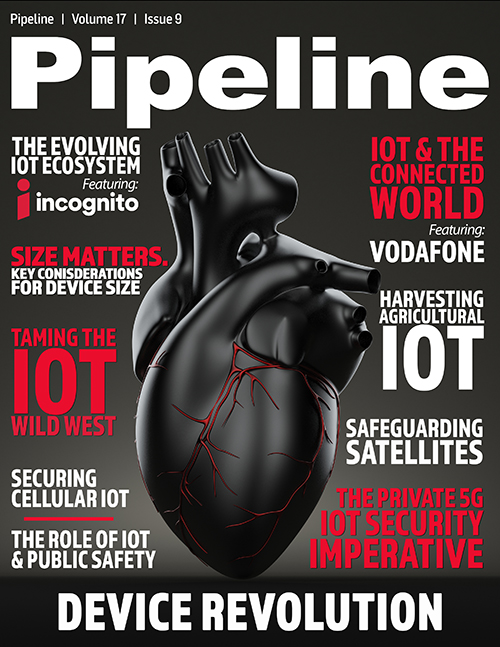Going Beyond Connectivity in an
Evolving IoT Ecosystem
As discussed earlier, SLAs for IoT services and the verticals they serve, such as healthcare or autonomous vehicles, are stringent as they are mission-critical applications. To deliver the required level of service quality, operators need to think beyond SIM management and managed 4G connectivity, and instead propel themselves further up the value chain to offer fully managed IoT services. Mission-critical applications will have different connectivity requirements and demanding use cases requiring ultra-low latency, reliable connectivity, and in some cases, high sustained bandwidth. Operators can achieve this by further monetizing the business telemetry from IoT devices and sensors using real-time data collection. For example, service providers can configure alerts and notifications for IoT business data on behalf of end-users or include it as a turnkey offering to proactively execute business processes and enhance decision-making. If IoT data thresholds are configured to monitor temperature and vibration for a piece of machinery, predictive maintenance alerts can be triggered to notify the end user of issues to avoid costly machine downtime and ensure quality control. To offer such managed IoT services, operators need a customizable platform to satisfy end users’ unique needs using business vertical data intelligence best practices.
Cable MSOs entering the IoT fray
Not to be overlooked, cable MSOs also have an opportunity to stake their claim in the IoT market segment thanks to the advent of the mobile virtual network operator (MVNO) business model. This allows cable operators to offer wireless connectivity by securing access to network services at wholesale rates from a mobile network operator. What’s more, the availability of the Citizens Broadband Radio Service (CBRS) spectrum in the United States has also provided new, more cost-effective channels for cable operators to extend their reach into new markets and introduce new 5G and IoT services.
For operators in this scenario, it is crucial to recognize that IoT services are just one compelling application of 5G, and there are other solutions that can be offered to B2B customers, such as private networks. According to ABI Research, 40 percent of private networks by 2030 will be enterprise-specific, where three out of five industrial manufacturers prefer a private network to be managed and operated by a third party. This presents a great opportunity for cable operators to introduce value-added services such as IoT and ICT to mid-tier enterprises beyond 4G or 5G connectivity. Private networks begin with connectivity, but go well beyond that, becoming a pillar for upselling multiple technologies and solutions. Operators seeking to pursue such revenue models need to build expertise in IoT and ICT services and engage in the right partnerships that will help cement their IoT value.
Evolving the IoT Ecosystem
In the end, there is no one-size-fits-all IoT solution for operators. However, to achieve true scalability and profitability in IoT, operators must become an ecosystem enabler, orchestrating all the pieces that make up the IoT partner environment. Service providers should consider new operating models via a partner ecosystem serving multiple IoT verticals on a centralized solution that provides a high degree of closed-loop automation, customization, and seamless integration with existing infrastructure to speed time to market and capitalize on the IoT opportunity in front of them.


















